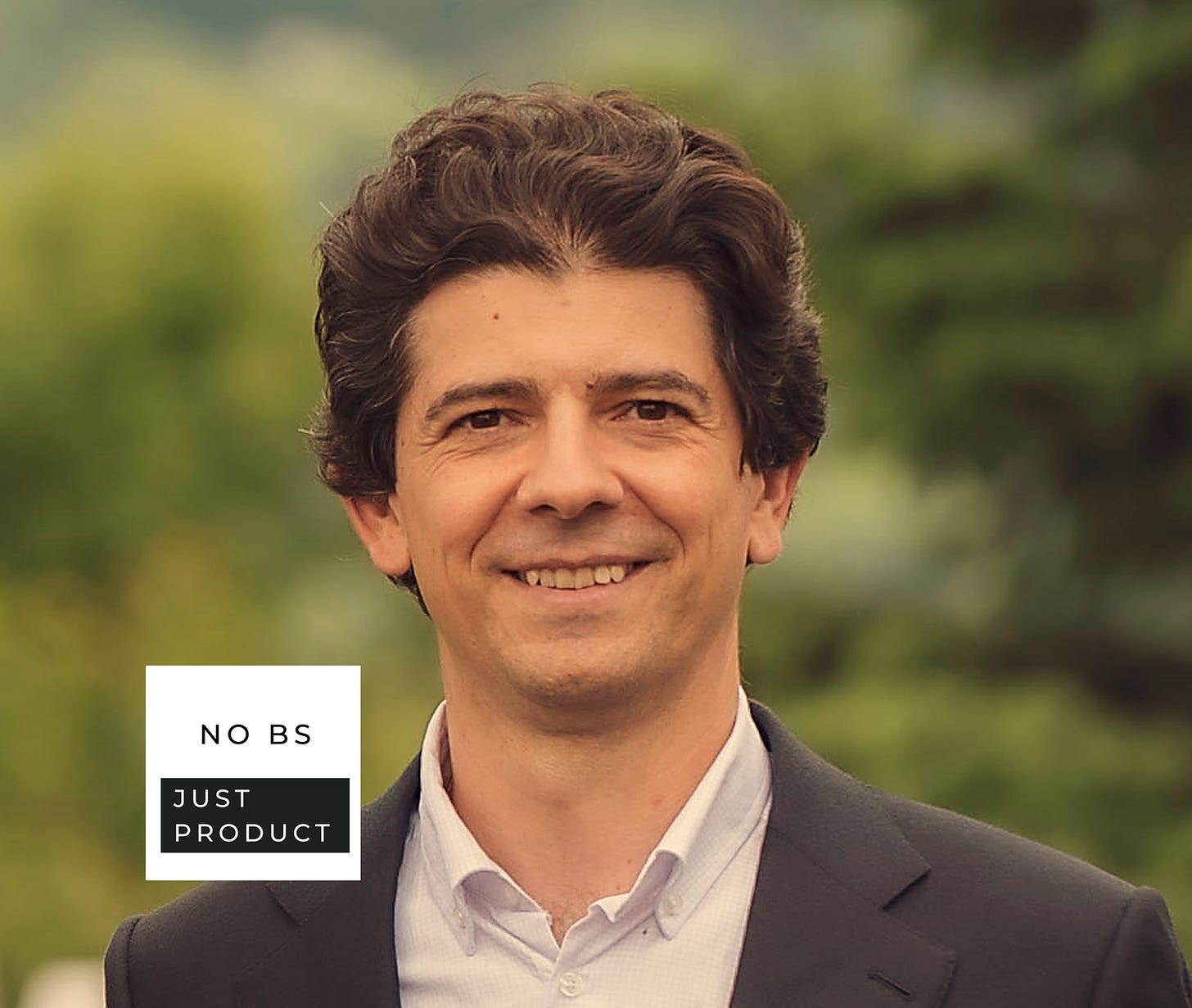EDITOR’S NOTE:
Rossen Blagoev is the Chief Product Officer at MobiSystems - a Bulgarian/US B2C company that creates and sells its own business productivity applications for Windows, Android, and iOS.
During its 20-year history, MobiSystems has gained more than 500 million users worldwide. Most of its 180 employees are in Sofia, where the 14-member Product Management team is located as well.
In under 500 words, Rossen shares:
The time management method he uses to start his mornings…
Why “representing” the customer is not enough…
The #1 thing that has helped him shorten the product management learning curve…
And more…
Enjoy!

“How did you get into product management?”
Back in 2015, MobiSystems had grown to the point that we started having the need for “somebody in-between our end-users and our developers”. Due to my previous experience as а consultant and solution architect in large international companies, I was given the opportunity to define ‘version 1.0’ of our PM practice and lead the first PM team at the company. We are at version ‘3.0’ now, with quite a few bugs along the way. 😄
“How do you start your mornings at work?”
I always try to spend the first couple hours of each morning working on Important, but not Urgent tasks as defined by the Eisenhower method. Like answering this micro-interview. 😄 I believe that good time management is critical for succeeding in our line of work, so I am very conscious of how I spend my time.
“What do you know about product management now that you wish you’d known when you first started?”
Most PMs will never work on version 1.0 of a product and will not be the ‘CEO of the product’. You should not be frustrated that you cannot change the company so that it fits the PM role as defined “by the theory”. It is much more valuable to adapt so that you are able to apply concepts from the theory such as MVP to version 11.2 or introduce facts and data instead of opinions for decision-making, like a CEO.
“What did your biggest product failure teach you?”
I learned that regardless of how good your product/market fit is, or how empowered and motivated the team is, if you do not understand your underlying business model well enough, then you cannot be successful in the long run.
Just ‘representing the customer’ is not enough. Knowing why, when, and how your product ultimately makes money and how to contribute to that is not somebody else’s business. It is an essential part of the PM’s responsibilities.
“What’s the #1 thing that has helped you shorten your product management learning curve?”
The Product Book by Product School - a great overview of what a PM needs to learn and do. Back when I started, there weren’t as many (online or in-person) courses on Product Management as there are now. Nowadays, I would highly recommend following a course to shorten one’s learning curve, instead of relying on “I’m smart and I’ll pick it up along the way”.
“How do you stay updated on the best practices in product management?”
I attend all ProductTank Sofia Community meetings. 😄
I also encourage internal knowledge sharing within our quite diverse PM team and I learn a lot from them as well. To quote the previous interviewee “Guess what, you are not the smartest person in the room.”
There is no shortage of articles or videos on the Internet, so the key for me for staying updated is not reading specific sources, but consciously allocating time for them.


